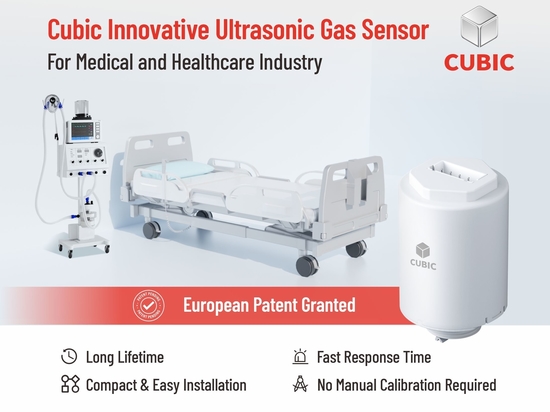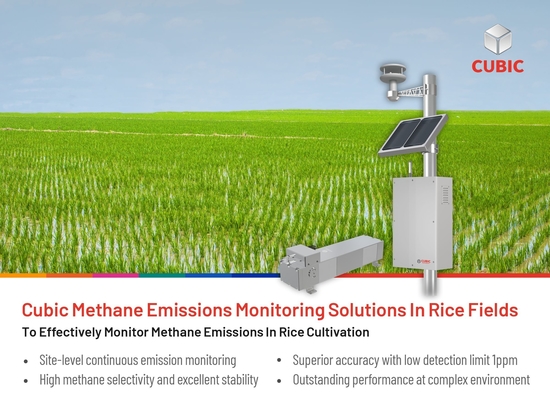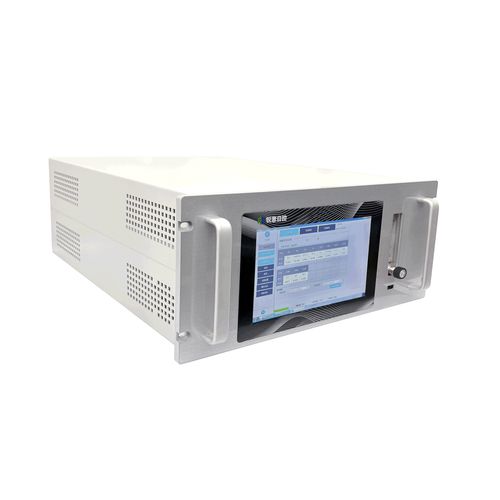
#Product Trends
Cubic Methane Detection Sensing Solution
How to Choose Suitable Sensor Equipment for Methane Detection in Oil and Gas Industry?
Methane, a potent greenhouse gas, is released at various stages of oil and gas operations, from upstream to downstream. Its impact on global warming is over 25 times greater than that of carbon dioxide over a 100-year period, making it a significant contributor to climate change. To meet the goal of methane emissions reduction by at least 30% below 2020 levels by 2030, many countries have set stricter regulatory rules, including EPA Methane Emissions Reduction Plan, UN OGMP2.0 and EU Fit for 55, which required greater transparency and accountability from the industry in methane emissions measurement. Therefore, to detect, localize, and quantify methane leaks becomes more and more crucial in helping mitigate methane emissions in oil and gas industry.
Cubic, as the manufacturer of gas sensors and gas analyzers, has a wide range of diverse industrial solutions for methane emissions detections and management, in the basis of more than 20 years’ R&D dedication and accumulation.
To serve the increasing demand of methane detection in oil and gas industry, Cubic has leveraged diverse mature technology platforms of non-dispersive infrared (NDIR), tunable diode laser absorption spectroscopy (TDLAS) and Laser Raman technologies, to innovatively develop superior reliable and credible real-time methane gas sensors and gas analyzers, aiming at reducing methane emissions and improving the reliability and credibility of methane emissions data in the oil and gas industry from upstream to downstream.
The following content briefly introduced Cubic’s latest technical innovations for methane detection in oil and gas industry.
1. Non-Dispersive Infrared (NDIR) Sensing Technology
NDIR technology relies on the principle that specific gases absorb infrared light at characteristic wavelengths. Based on NDIR technology, Cubic innovatively developed the miniature low power NDIR CH4 sensor, SJH-5B-SL, which can detect 0 to 5% Vol methane (CH4) concentration. With the low power consumption design, it can be applied for the scenarios that require optimal energy efficiency, battery-powered portable or wearable detectors. SJH-5B-SL could enable continuous working current as low as 1mA, and achieve micro ampere level further through flexible intermittent working model. Besides, it continuously maintains excellent performance for superior accuracy over full temperature range and long-term stability based on matrix calibration mechanism and dual beam design.
In drilling, pipeline, and oil and gas storage facilities, Cubic NDIR CH4 sensor SJH-5B-SL provides real-time data, enabling rapid response to methane leaks to realize precise and reliable industrial safety alarm.
2. Tunable Diode Laser Absorption Spectroscopy Sensing Technology
TDLAS technology employs a tunable-wavelength diode laser as the light source, and a photodiode to detect light signal. The specified wavelength of the diode laser emission is scanned over the absorption peak of target gas, and the photodiode is used to detect light signal after absorption by the target gas, therefore an absorption spectrum is obtained, which can be used to obtain target gas concentration by further analysis and calculation.
On the basis of the TDLAS principle, Cubic methane gas sensor, Gaboard-2502, has been specially designed with a long optical path for multiple light reflections, which enables the sensor to achieve ultra-low detection limit and high resolution in the low concentration range. Aiming at low-concentration methane leakage in the atmospheric background, Gasboard-2502 can achieve highly selective and accurate methane leakage detection, with a minimum detection limit of 1ppm and a resolution of 0.1ppm. Furthermore, it boasts fast response times with a warm-up time of less than 10 seconds. Considering adaptation to outdoor harsh working conditions and complex environments, Gasboard-2502 also has superior advantages due to implementation of TDLAS technology for anti-humidity, and embedded temperature compensation algorithm and self-diagnosis function for environmental compatibility.
3. Laser Raman Spectroscopy Sensing Technology
Laser Raman spectroscopy is a spectral gas analysis technology based on gas Raman scattering. By measuring and analyzing the position and intensity of Raman characteristic peaks with a spectrometer, laser Raman detection technology can be used to simultaneously measure multi-component hydrocarbon gases including CH4.
Cubic LRGA-3100 Laser Raman Spectroscopy gas analyzer is developed based on the principle of Laser Raman Scattering. It can provide real-time online automated measurement of various combustible components, including H2, O2, N2, methane, and other various hydrocarbon components as well. By applying Laser Raman Spectroscopy gas analyzer, it can greatly solve the problems of measurement errors from manual operations and high labor costs by adopting traditional GC-MS methods. Cubic LRGA-3100 presents high-precision measurement performance and extremely low drift, providing reliable data support for real-time monitoring of the composition and calorific value of natural gas. At the same time, based on the changes in real-time data, the upstream production process can be adjusted timely to further improve production efficiency.
Due to the advantages of diverse mature technology platforms, Cubic provides innovative methane gas sensing solutions, which will be favorable for methane emissions monitoring in oil and gas industry with the deployment across both upstream and downstream. At the same time, facing the challenges of environmental emissions, safety monitoring, and production optimization in oil and gas industry, Cubic will insist on technological innovation, continue to cultivate in the field, and consistently deliver qualified and reliable gas sensing solutions.







